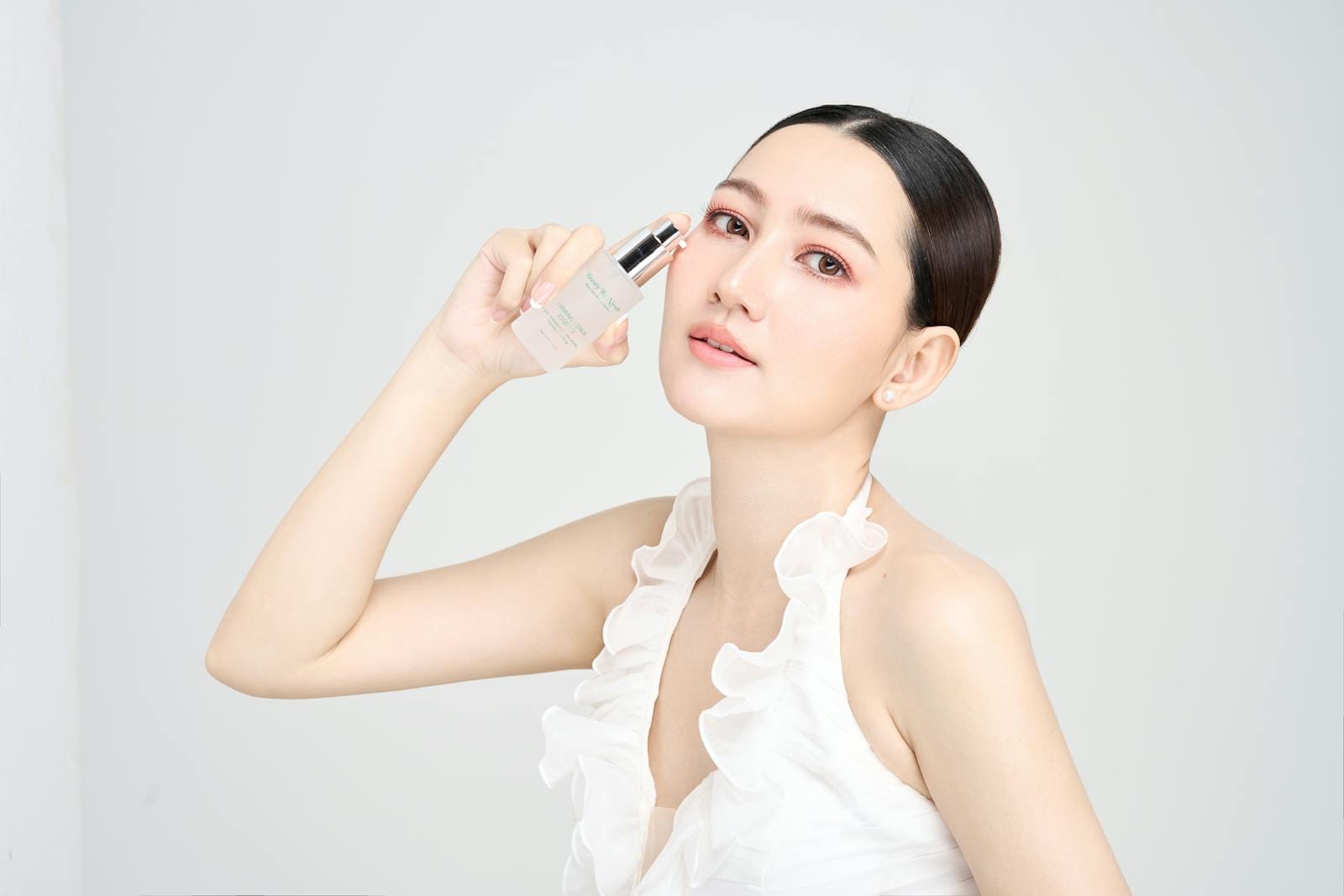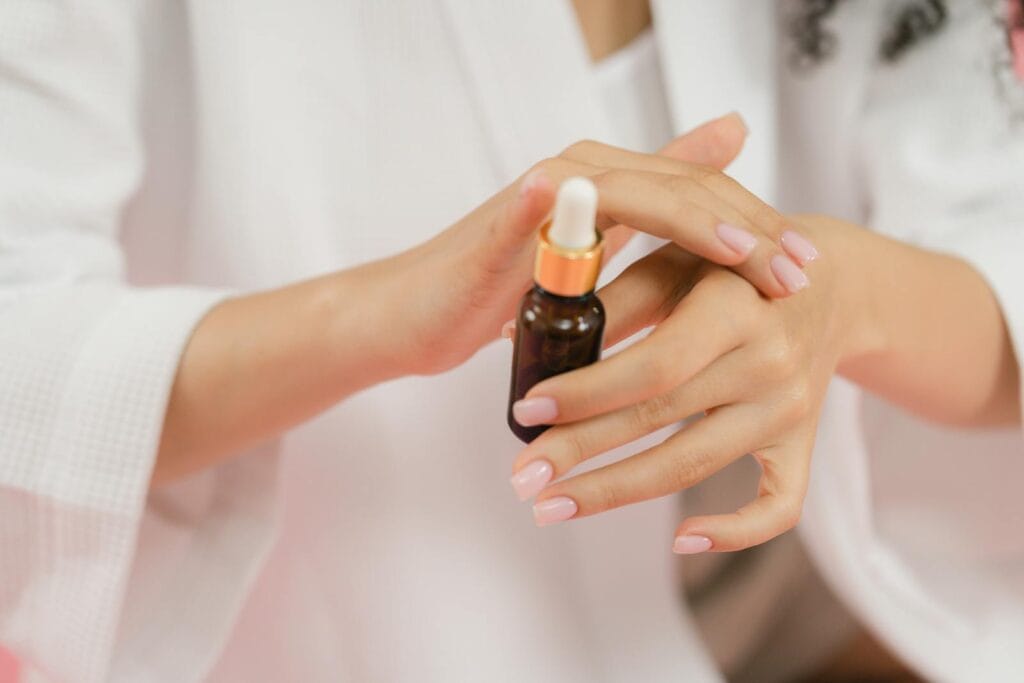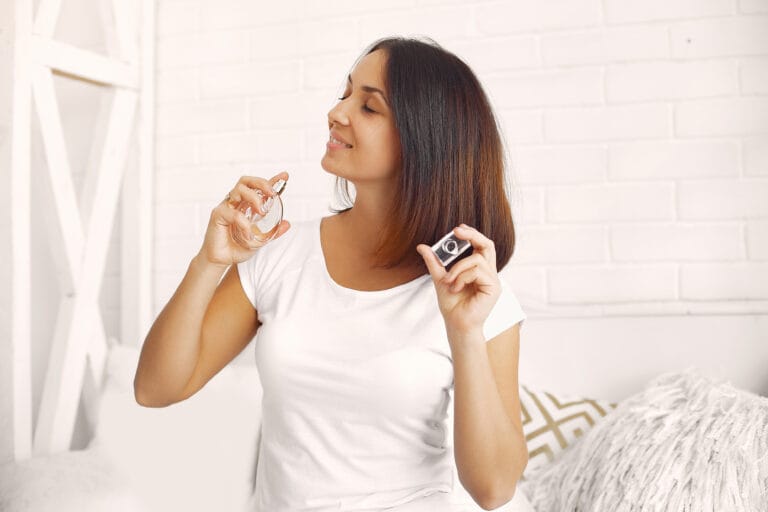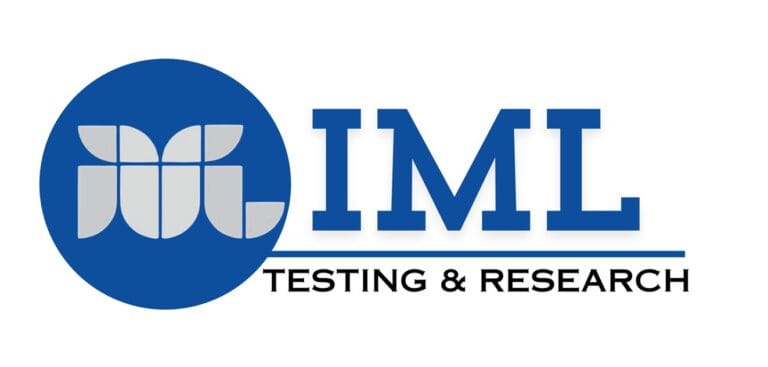
The Truth Behind Skincare Overclaim: Clever Branding or Consumer Risk?

Skincare products have become a daily necessity, both for women and men. The condition and appearance of healthy skin is the hope for users of beauty products. Various types of products are available, ranging from cleansers, moisturizers, nutrition, protection, to products for treating skin problems, such as acne. The ingredients in each type of product may vary, depending on the needs and purpose of its use. Therefore, it is important for manufacturers to convey information regarding the ingredients and benefits of the product to consumers, so that they can choose products that suit their respective skin conditions.
The Function and Importance of Active Ingredients in Skincare Products
In skincare products, active compounds are added which function to provide certain effects in accordance with the product's claims. For example, niacinamide functions as a melanin-inhibiting agent to brighten the skin, control oil, and relieve inflammation on the skin. The amount or concentration of active ingredients should ideally be stated in the product information. Transparency between manufacturers and consumers can increase trust in the product.
The concentration of active ingredients is related to the effectiveness of the product, generally the higher the concentration the faster the process, but still under supervision and through clinical testing to ensure its safety. Some active ingredients work optimally under certain conditions and concentrations, for example salicylic acid is effective at concentrations of 0.5%-2%. This information is important to avoid the risk of irritation and mismatch of skin problems with the products used.
The Phenomenon of Skincare Overclaims and Its Impact on Consumers

Source: Pexel
Product information is conveyed by the marketing team, both verbally and in writing. However, there are several things that cause misconceptions between producers, marketing teams, and consumers. There are individuals who “exaggerate” the advantages of the product to the point of seeming hyperbolic. Excessive claims of benefits without scientific support, for example “can whiten skin in 1 night” or “once used can eliminate acne and scars” if in fact this does not happen then the product can be labeled as bad or what is called skincare overclaim.
The aim is to increase sales by attracting consumer attention, but there is a danger that threatens if the statement does not match the results. There are several characteristics that can indicate skincare overclaim such as claims of permanent effects, claims of being safe for everyone, claims of being free of side effects, claims of treating certain diseases, or product names that do not match their benefits. These things can harm consumers if the results obtained do not match the points being sold. Losses can be in the form of material, skin health, to trust in a brand.
Laboratory Testing as a Step in Verifying Product Claims
One of the concerns for consumers is the level of active ingredients in the product. To ensure the truth of these claims, the levels of chemical compounds in the product can generally be determined through a laboratory testing process carried out by institutions or authorized parties. Some time ago, there was a lot of discussion on social media regarding a skincare brand that claimed its product contained active ingredients at a certain level.
However, after independent laboratory testing was carried out, the results showed differences in the levels of active ingredients — either lower or higher — compared to those stated on the packaging label. This discrepancy can affect the effectiveness of the product, and even potentially pose a risk of side effects if it exceeds the recommended limit.
Read more:
8 Proven Cosmetic Testing Methods for Absolutely Safe and Stunning Products
Assessing Skincare Product Credibility Through Scientific Testing Results
Laboratory testing of skincare products plays a very important role in ensuring product quality and safety before reaching consumers. Through laboratory testing, manufacturers and authorized parties can ensure that the levels of active compounds in the product are in accordance with the claims stated on the packaging. In addition, to detect the possibility of contamination or dangerous contaminants, such as heavy metals, microbes, or other chemical substances that should not be present in skincare products.
Read more:
Beware of Carcinogens in Cosmetics!
This testing process is not only important to ensure the effectiveness of the product in providing benefits according to its function, but also becomes a protective measure to minimize the risk of side effects or negative impacts that may occur due to the use of unsafe products. Thus, the existence of laboratory testing becomes one of the important indicators in assessing the credibility and responsibility of a skincare company in maintaining the safety and health of its users.
Every product claim must be proven, not simply believed. Ensure the active ingredient content matches the content stated on your product label. Transparency and accuracy of your cosmetic product's laboratory testing results will determine consumer trust in your brand.
Author: Delfia
Editor: Sabilla Reza
References:
Pakaila, Joedy Rodrick dkk. 2024. Tren Overclaim dalam Iklan Industri Kecantikan : Analisis Etika Terapan pada Produk Skincare di Indonesia. Kabilah : Journal of Social Community. Vol 9 No. 2.



